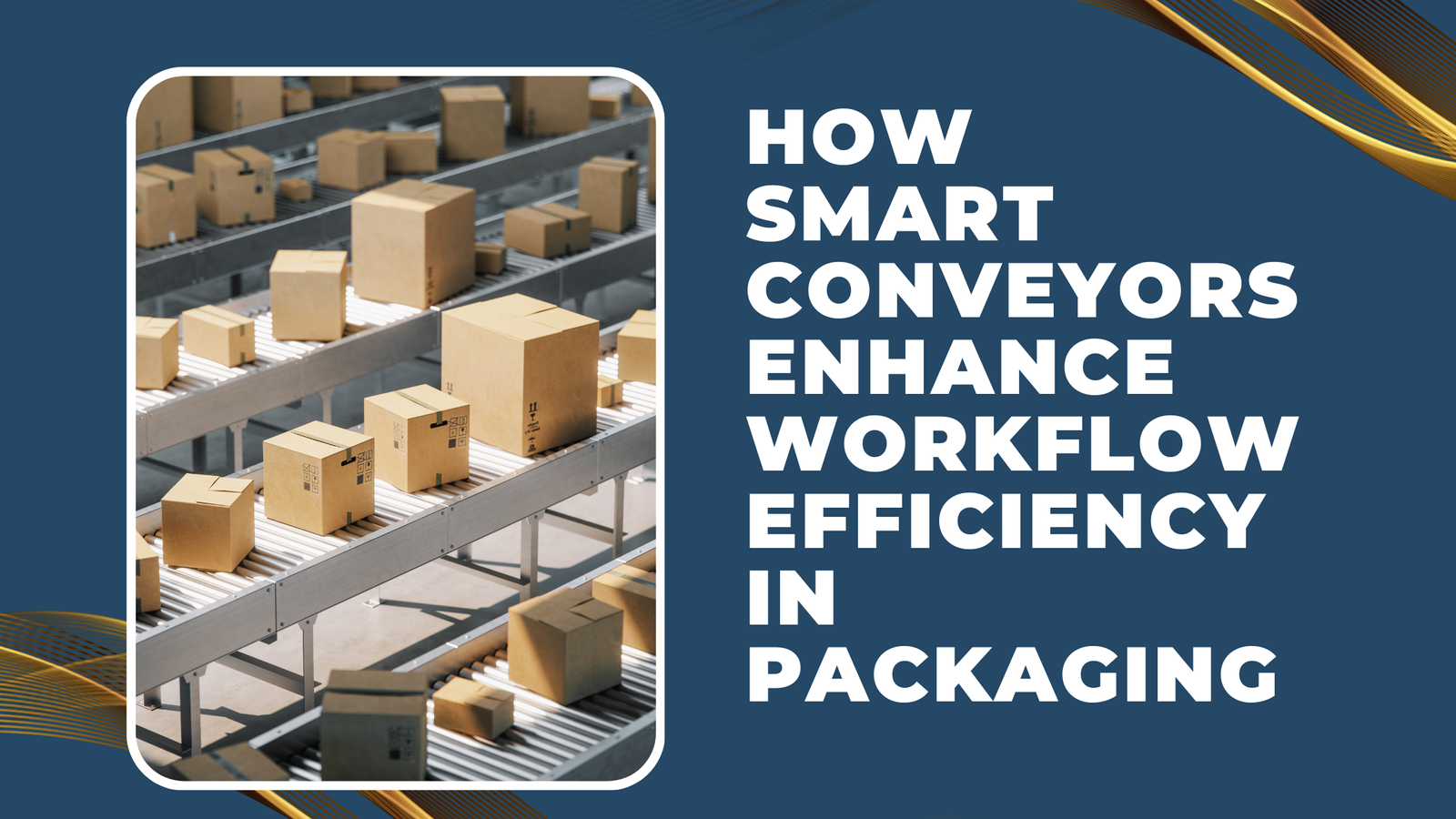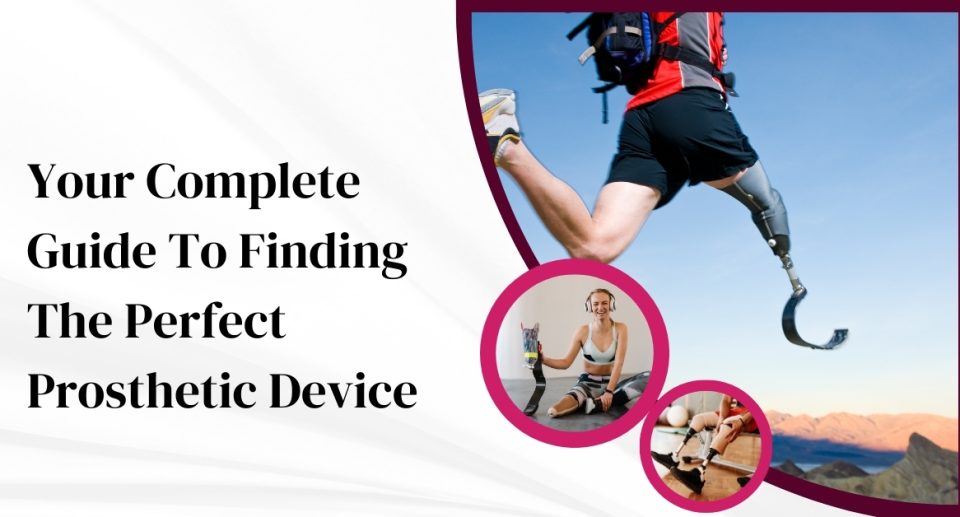
An integrated workplace management system (IWMS) is a software platform that helps organizations manage their workplace resources. This includes real estate, facilities, assets, and people. IWMS solutions typically include modules for space planning, asset management, maintenance management, capital project management, and sustainability.
IWMS can help organizations improve efficiency, reduce costs, and improve compliance. They can also help organizations make better decisions about their workplace, such as where to locate new offices or how to improve the energy efficiency of their existing buildings.
Here is a more detailed look at the different aspects of IWMS:
- Space planning: IWMS can help organizations optimize their space usage. This can include tasks such as space allocation, room scheduling, and wayfinding.
- Asset management: IWMS can help organizations track and manage their assets. This can include tasks such as asset inventory, condition assessment, and warranty tracking.
- Maintenance management: IWMS can help organizations manage their maintenance activities. This can include tasks such as work order management, preventive maintenance, and vendor management.
- Capital project management: IWMS can help organizations manage their capital projects. This can include tasks such as project planning, budgeting, and scheduling.
- Sustainability: IWMS can help organizations manage their sustainability initiatives. This can include tasks such as energy consumption tracking, carbon footprint reporting, and water usage monitoring.
Features of Integrated Workplace Management Systems
IWMS solutions typically offer a wide range of features, including:
- A single database for all workplace data
- Integration with other systems, such as ERP, CRM, and CAFM
- Real-time data access and reporting
- Mobile and web-based access
- Workflow automation
- Self-service features for employees
- Security and compliance features
Benefits of a Workplace Management System
IWMS can offer a number of benefits for organizations, including:
- Improved efficiency: IWMS can help organizations streamline their workplace processes, such as space planning, asset management, and maintenance. This can lead to significant time and cost savings.
- Reduced costs: IWMS can help organizations reduce their real estate, facilities, and asset costs. This can be achieved through better space utilization, reduced maintenance costs, and improved energy efficiency.
- Improved compliance: IWMS can help organizations comply with a variety of regulations, such as those governing workplace safety, energy use, and sustainability.
- Better decision-making: IWMS can provide organizations with the data they need to make better decisions about their workplace. This can include decisions about where to locate new offices, how to improve the energy efficiency of existing buildings, and how to allocate space to employees.
- Increased employee satisfaction: IWMS can help organizations improve employee satisfaction by providing them with a better workplace experience. This can include features such as self-service facilities requests, wayfinding, and mobile access to workplace information.
- Reduced Downtime: Proactive maintenance and timely issue resolution minimize disruptions, leading to less downtime for employees.
Workplace Management Systems and CAFM
CAFM stands for computer-aided facility management. It is a software solution that helps organizations manage their facilities. CAFM solutions typically focus on the physical aspects of a facility, such as space planning, asset management, and maintenance.
IWMS and CAFM are complementary technologies. IWMS can provide a wider range of features, such as capital project management, sustainability, and employee self-service. CAFM can provide more detailed information about the physical aspects of a facility.
Workplace Management and Asset Management
Asset management is the process of tracking and managing physical assets. This includes assets such as buildings, furniture, equipment, and vehicles.
IWMS can help organizations with asset management by providing features such as asset inventory, condition assessment, and warranty tracking. This can help organizations to ensure that their assets are properly maintained and that they are getting the most value from their assets.
Workplace Management Systems and IMMP
IMMP stands for integrated workplace management plan. It is a document that outlines the goals and objectives of an organization’s workplace management program.
IWMS can be used to support the implementation of an IMMP. IWMS can provide the data and tools that organizations need to track their progress against their IMMP goals.
Conclusion
In conclusion, Integrated Workplace Facility Management Systems have become indispensable tools for modern organizations seeking to optimize their workplace resources and facilities. By integrating various management functions into a unified platform, IWMS enhances operational efficiency, cost-effectiveness, and overall employee satisfaction. As businesses continue to evolve, the adoption of IWMS is expected to grow, reshaping how workplaces are managed and maintained.
IWMS is a powerful tool that can help organizations improve their workplace efficiency, reduce costs, and improve compliance. If you are looking for a way to improve your workplace, IWMS is a solution worth considering.




